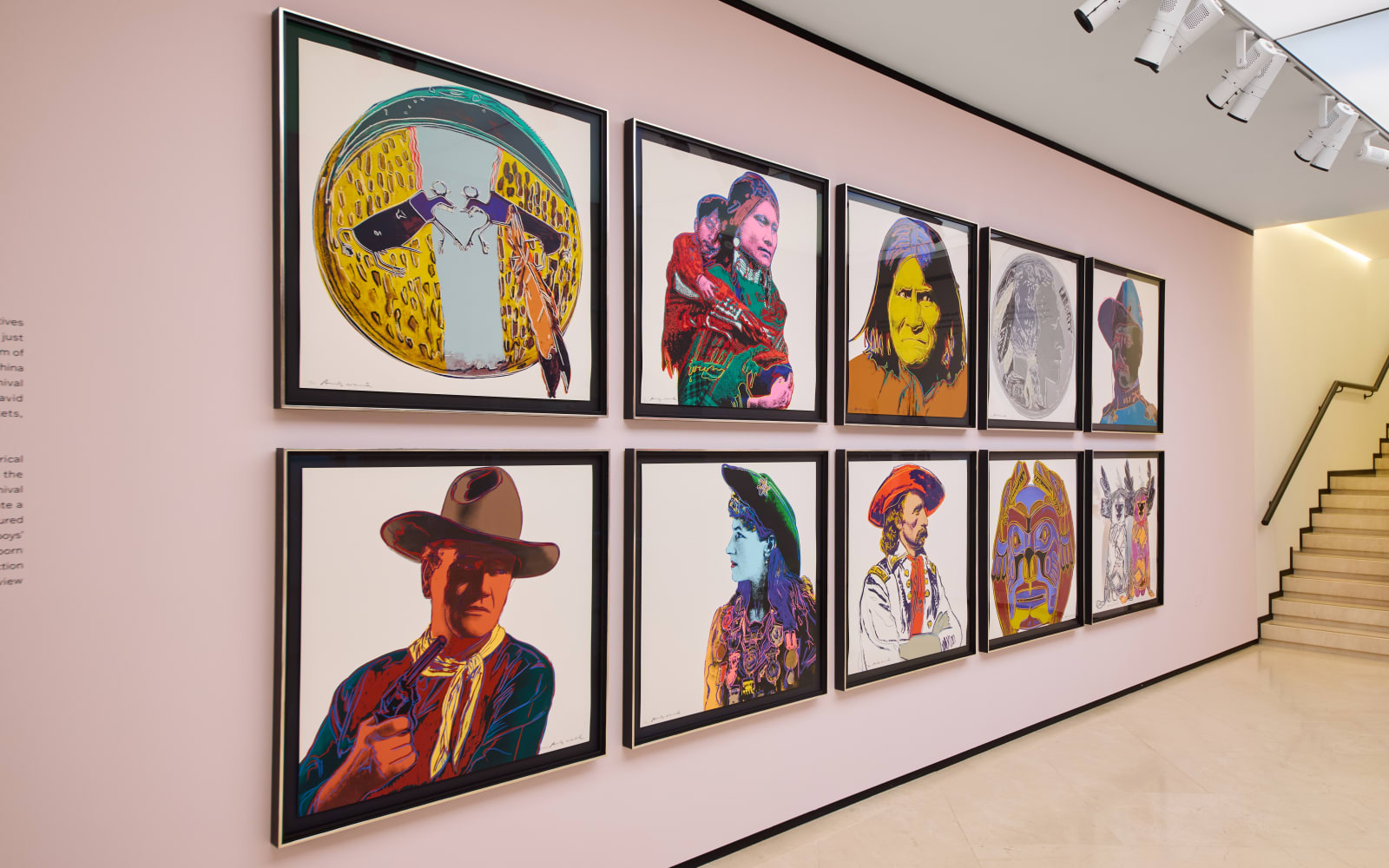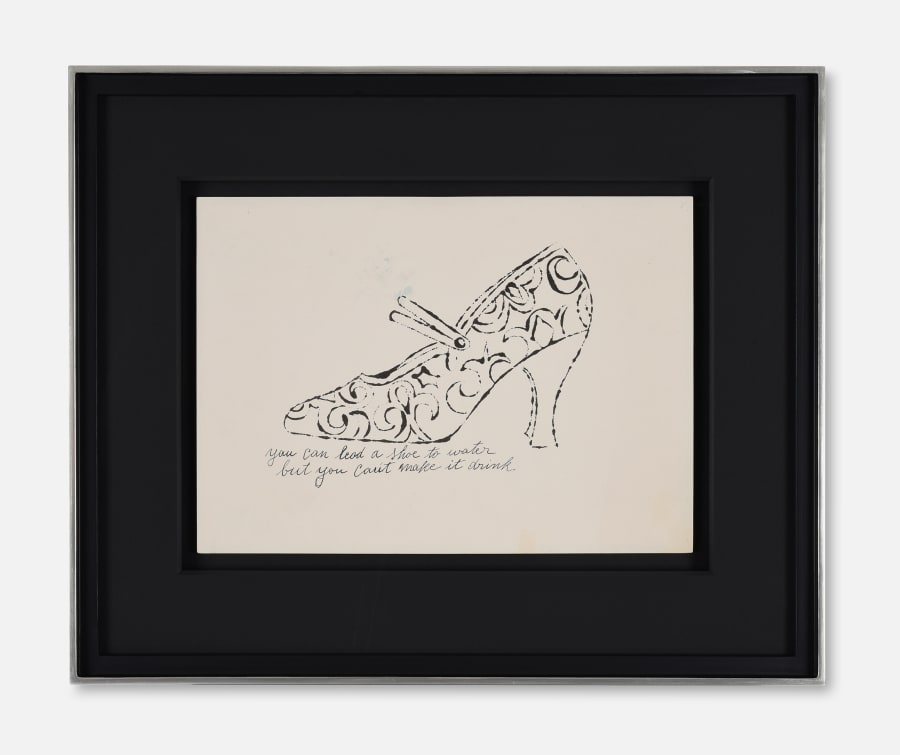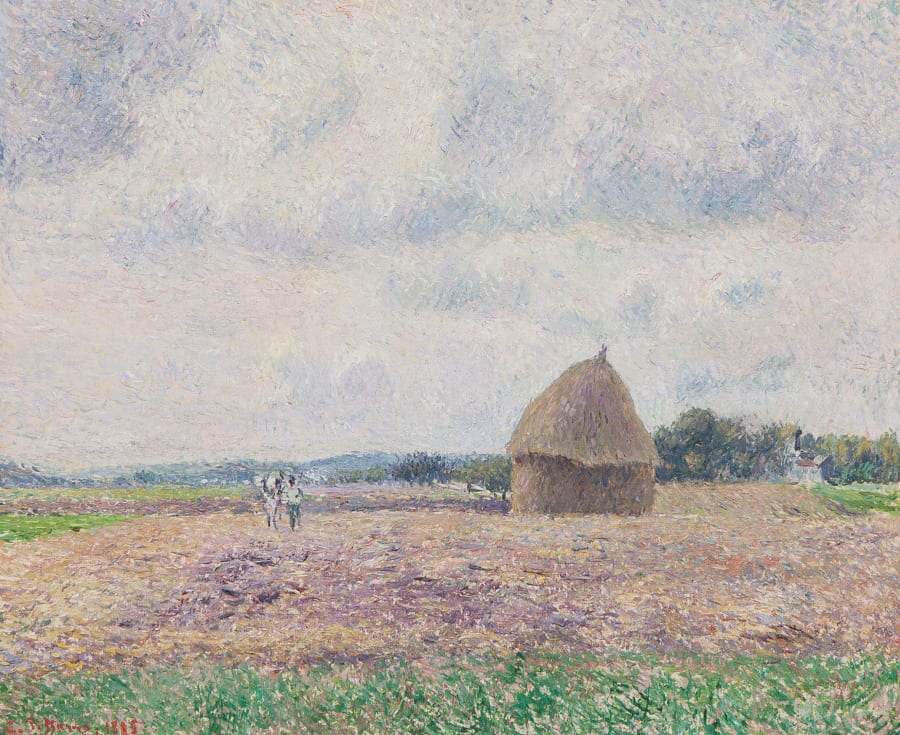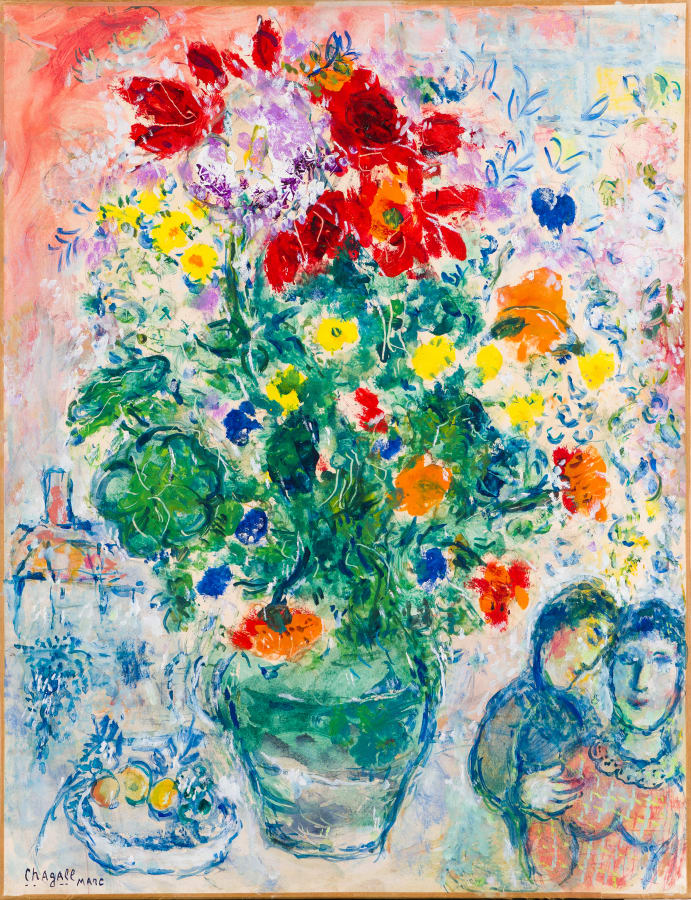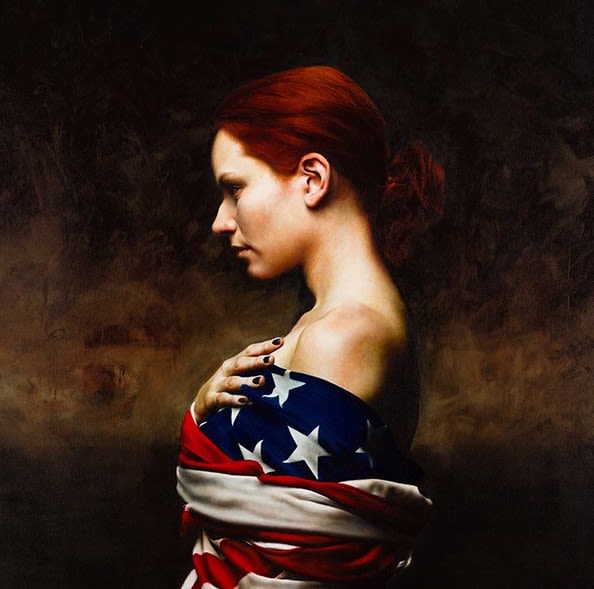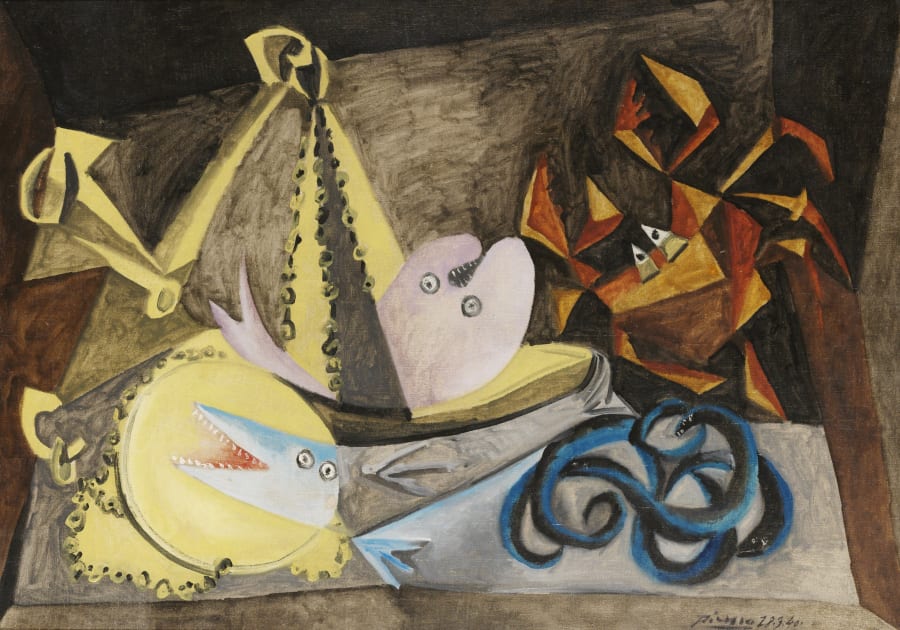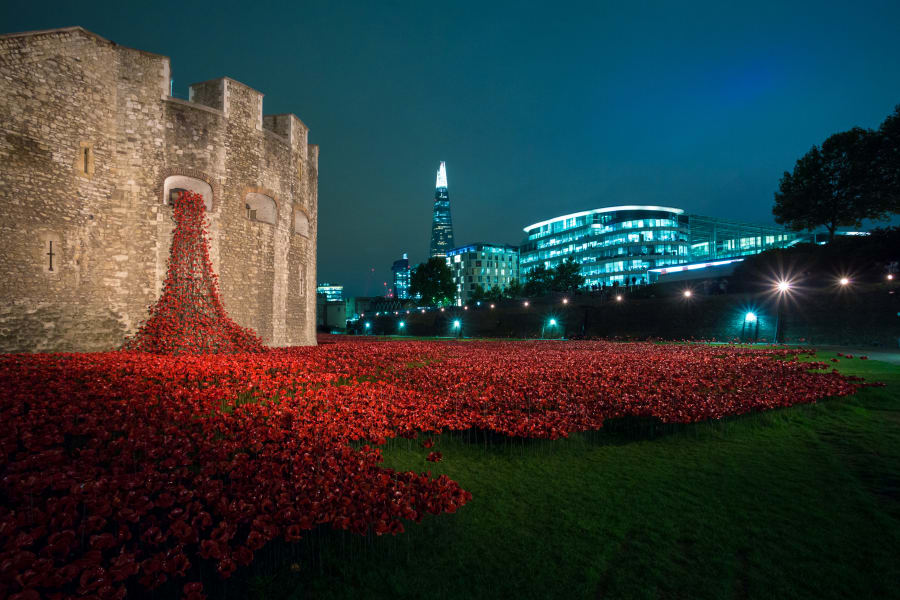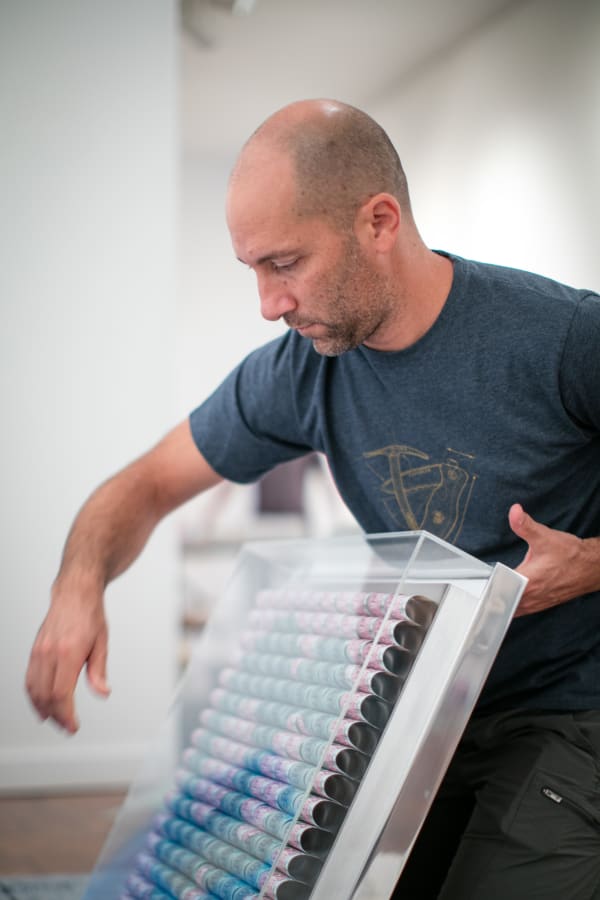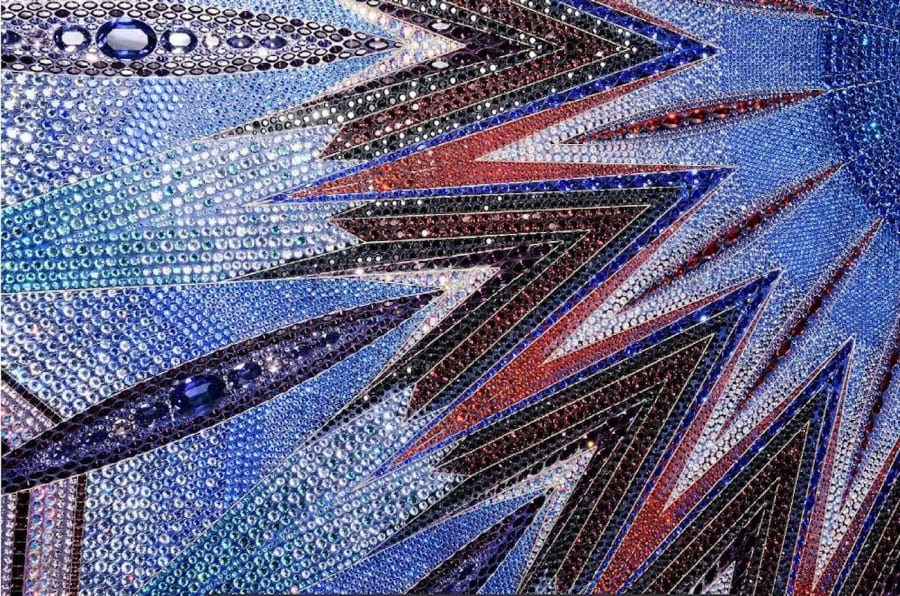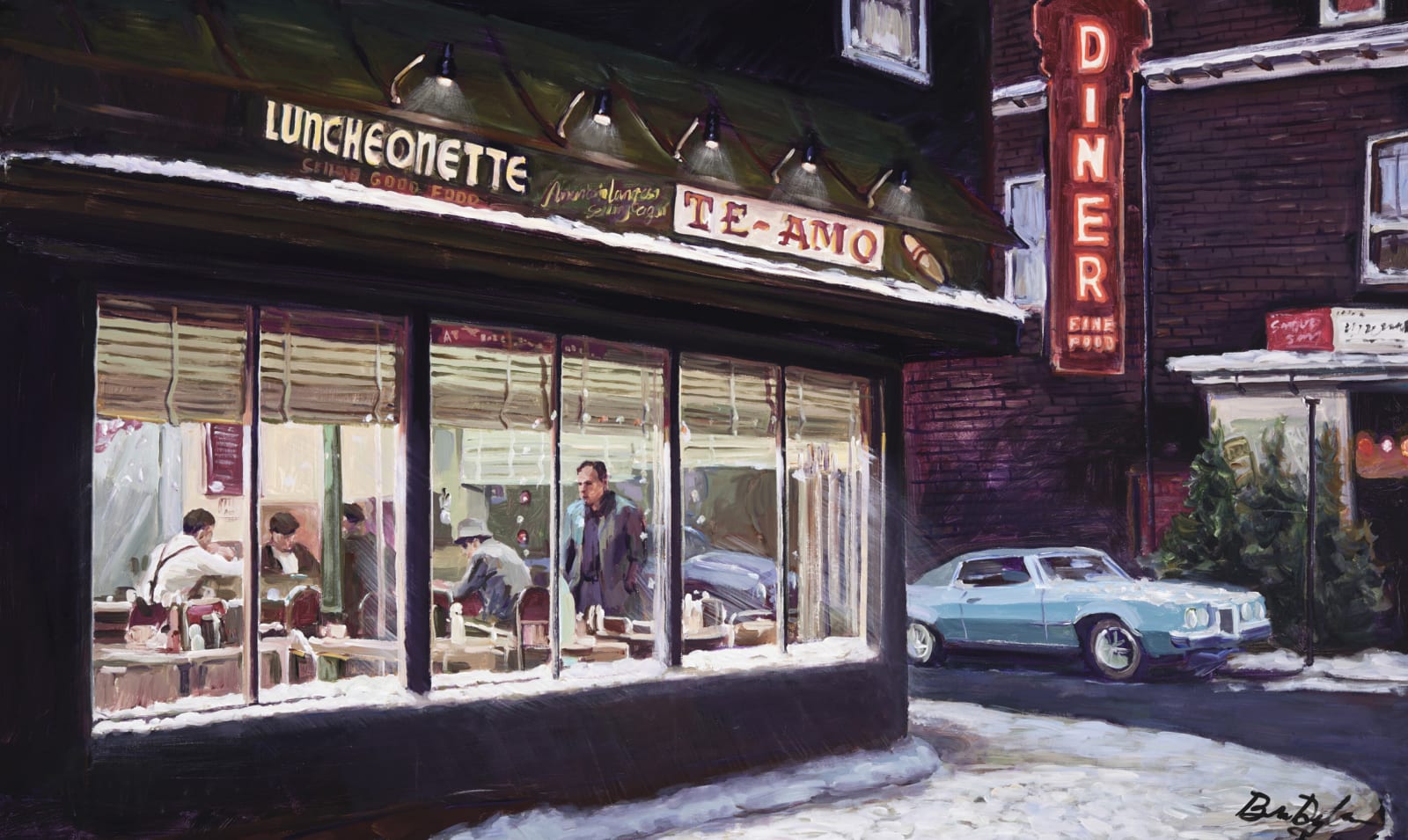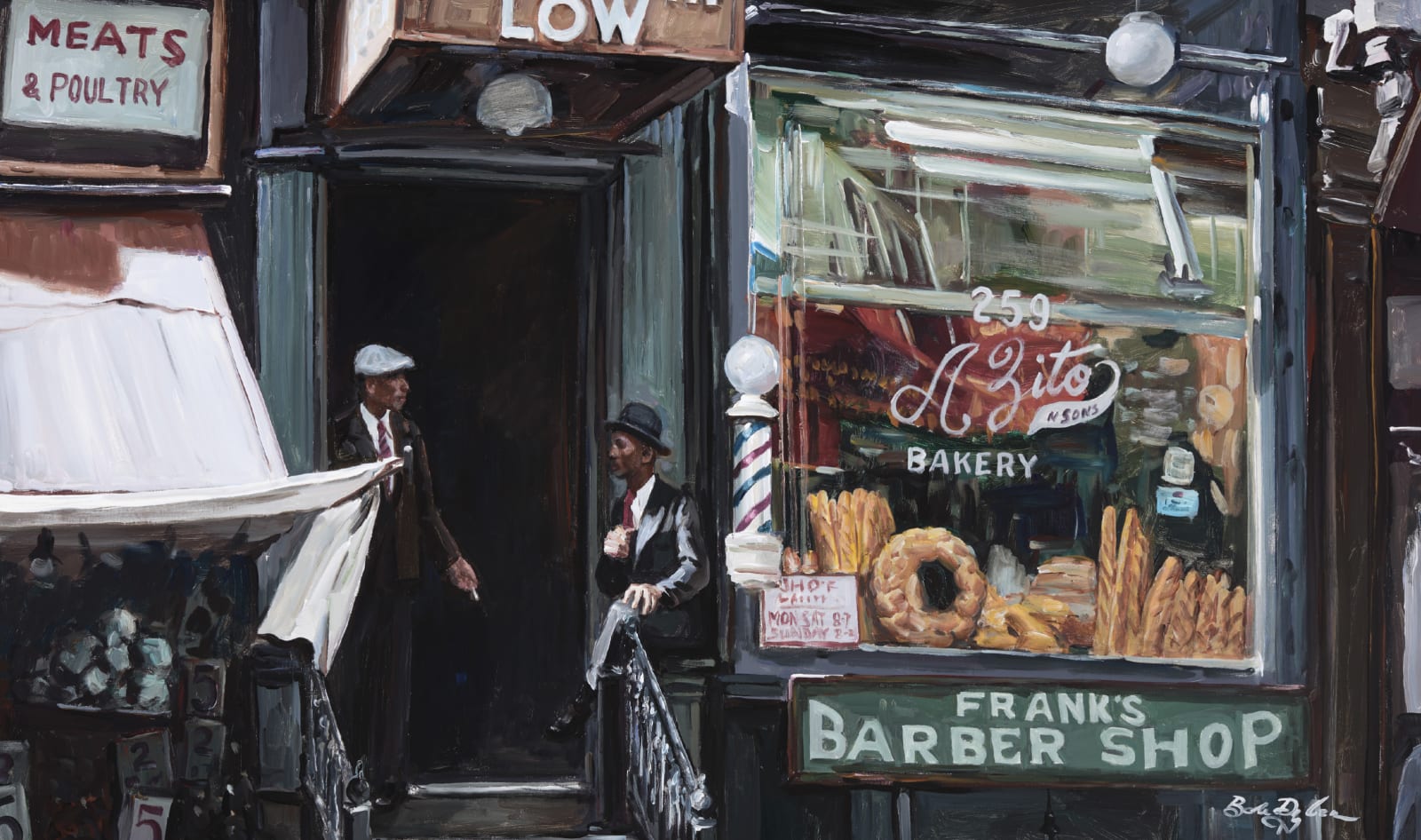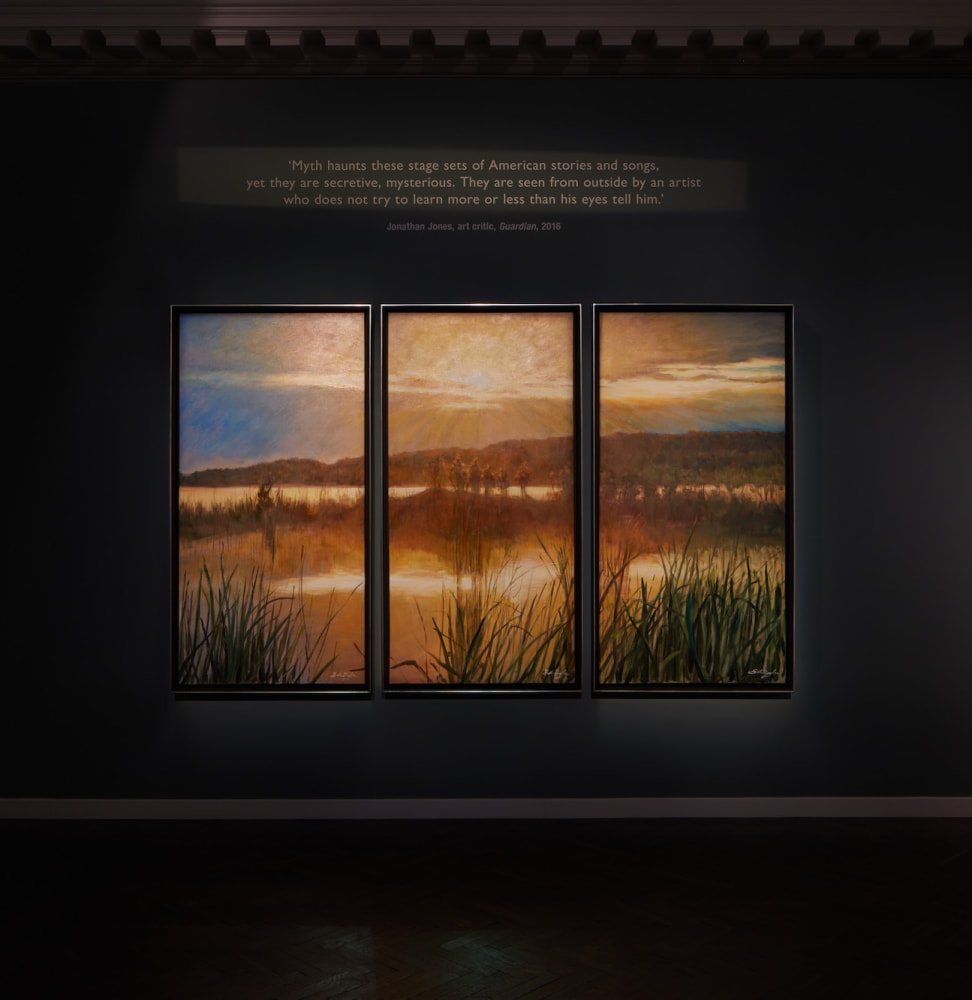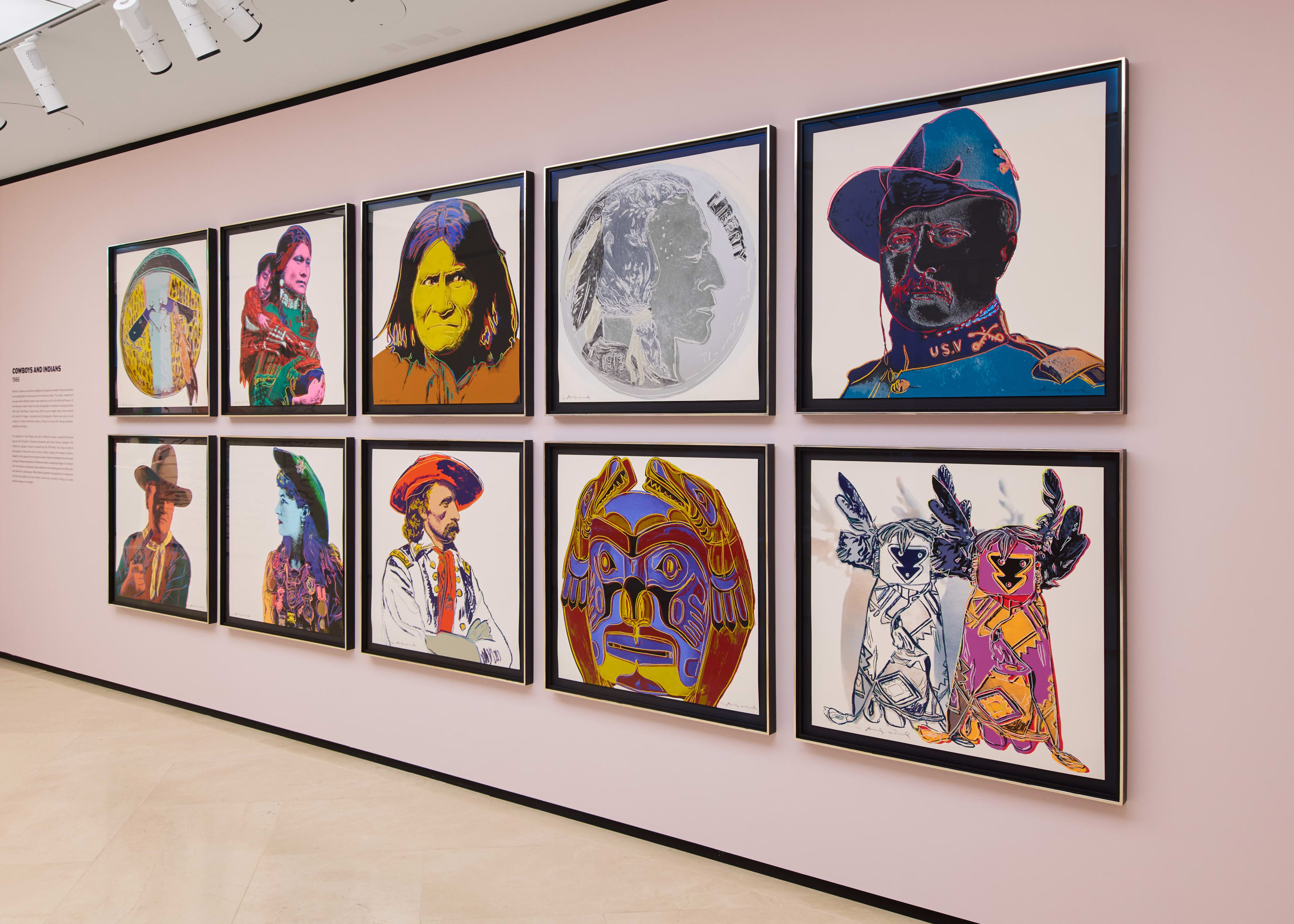

Andy Warhol: Cowboys and Indians Portfolio
Andy Warhol: Cowboys and Indians Portfolio
5 Things to Know
/
The Cowboys and Indians portfolio, produced in the year before the artist's death in 1987, is a complex exploration of the intersection between Native American culture, the mythologisation of that culture and historical tensions that are routed in European expansion on the continent. Below, discover 5 Things to Know about the Cowboys and Indians portfolio.
If you are interested in adding to your collection speak to an art consultant today - info@halcyongallery.com
